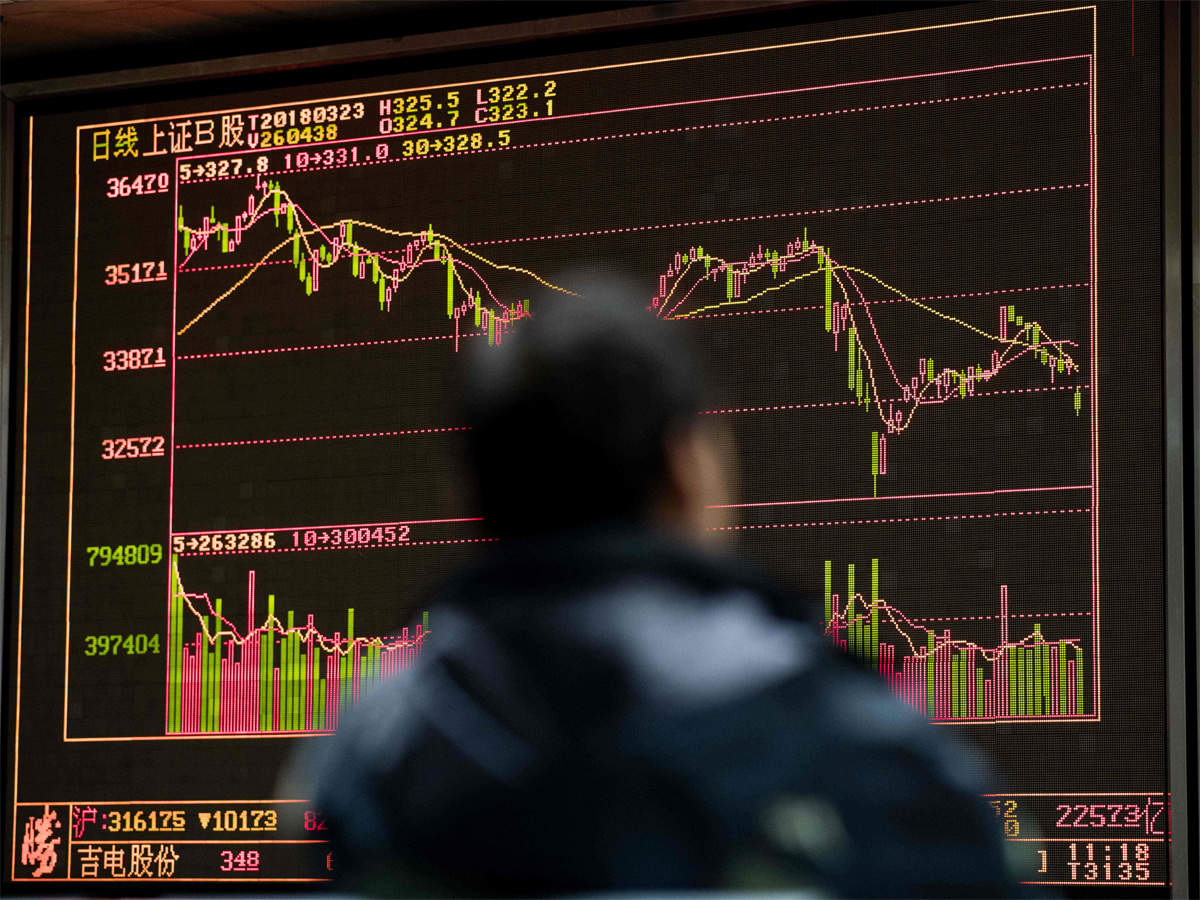INSUBCONTINENT EXCLUSIVE:
A $10 trillion global stock rally is showing signs of fragility, and you can blame the economy.
Both the American and European benchmarks
posted their biggest weekly losses since the darkest days of December’s sell-off, with the SP 500 dropping 2.2 per cent
While the week ended with the European Central Bank’s dovish turn and President Donald Trump predicting a “very big spike” in US
markets once a trade deal with China is reached, stock declines were a sign that after a sharp two-month rally, risk appetite has weakened
and the bar for positive surprises has been raised.
Reality is starting to bite
Riskier stocks are falling back to Earth
Investors are pulling money from equities and pouring it in bonds
And trend-following quantitative funds are cutting their US equity positions.
Blame macro
It’s nothing new to bond traders, but as positive catalysts from a pause in US tightening to trade optimism look increasingly priced in,
the deteriorating economic picture has become harder to ignore
US jobs data missed consensus estimates by a wide mark on Friday, plunging to the weakest in more than a year.
“A kind of trade deal will
support the market, but once the deal has been announced with all details, market participants will re-focus on PMIs and corporate earnings
again,” said Petra Pflaum, co-head of EMEA equities at DWS Group GmbH, which oversees the equivalent of about $744 billion
“Global indicators have been weaker than expected, and that’s raising alarm bells.”
Another ominous signal is flashing in the Dow
Jones Transportation Average, which fell for an 11th consecutive session Friday to cap its longest streak of losses in 47 years
Because they form the infrastructure on which commerce is conducted and provide clues about the strength of the economy, weakness among
trucking companies, shippers and airlines is often viewed as an early-warning sign for the broader market.
Adding to the fragility of this
year’s stock rally is the fact that it has been led by riskier shares at odds with an economic slowdown
But that’s started to change
In Europe, economically sensitive sectors are underperforming again as yields fall
In the US, factors associated with strong risk appetites have also started to drop, with both the volatility and leverage styles headed for
their worst week since December.
The reaction to the ECB’s decision on Thursday encapsulates a market that’s glass-half-empty
After the monetary authority said it will hold record-low rates at least through 2019 and grant new loans to banks, stocks initially rose,
before sharply sliding to a session low as investors’ focus shifted.
In a nutshell: “It means the macro economy is not able to sustain
itself without the support of monetary policy, which is extremely accommodative,” said Sylvain Goyon, a strategist at Oddo Cie in
Paris.
Of course, a trade deal between the world’s two superpowers could still spur a relief rally, but even that doesn’t have much room
While an accord may cover agricultural and industrial sectors, it’s still unlikely to encompass thornier issues such as intellectual
property and the Made in China 2025 program, Goyon said.
Meanwhile, investors have continued pulling money away from equities and putting it
in bonds, further reinforcing concerns that the rally will buckle as inflows reverse
Trend-following quantitative funds – commodity trading advisers – are also rapidly cutting their long positions on US equity futures,
and such selling pressure is likely to grow, according to estimates by Nomura Holdings Inc.
“Investors that have maintained a bullish
stance on US and global equity markets based on fundamentals are likely to have a reality check,” Masanari Takada, a quantitative
strategist at Nomura, wrote in a note
“There is a risk that Street expectations will become more pessimistic as a backlash from the risk market rally of the past two

